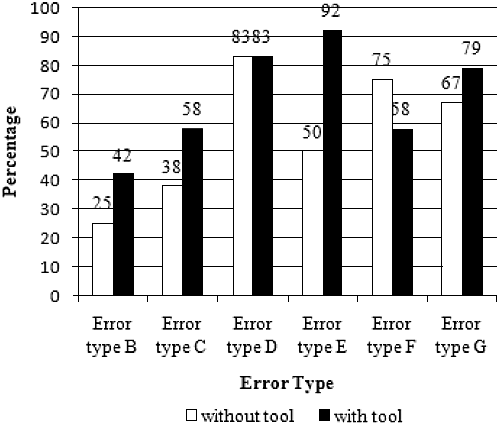Authors
Bennett Kankuzi & Jorma Sajaniemi
Abstract
Earlier research on spreadsheet authors' mental models has shown that people possess several types of information about spreadsheets.
Especially, when explaining a spreadsheet, the real-world and domain mental models are prominent and the spreadsheet model is suppressed, but when locating and fixing an error, one must constantly switch back and forth between the domain model and the spreadsheet model, which requires frequent use of the mapping between problem domain concepts and their spreadsheet model counterparts.
This paper introduces a new spreadsheet visualization tool and its empirical evaluation. The tool translates traditional spreadsheet formulas into problem domain narratives and highlights referenced cells.
The tool was found to be easy to learn and helped the participants to locate more errors in spreadsheets. Furthermore, the tool increased the use of the domain mental model and appeared to improve the mapping between the spreadsheet model and the domain model.
Sample

There was significant difference in the relative frequency of errors located without the tool (53.9%) and with the tool (66.6%).
We thus conclude that the tool generally helped participants to locate more errors.
Publication
2014, IEEE Symposium on Visual Languages and Human-Centric Computing, July-August, pages 157-160
Full article
Visualizing the problem domain for spreadsheet users: A mental model perspective
